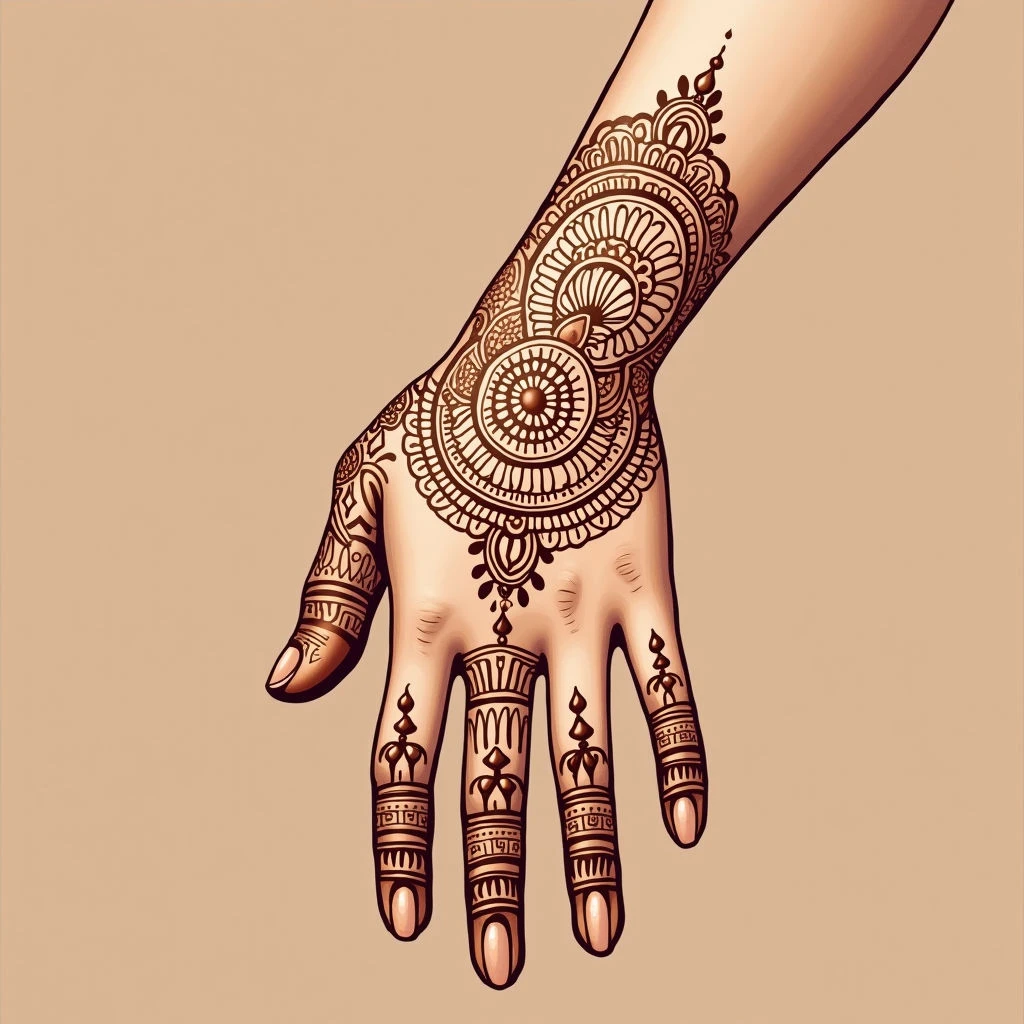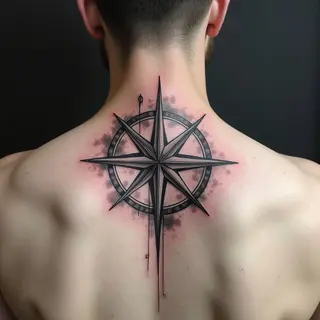The Meaning Behind Henna Designs
Henna is so much more than just a beautiful temporary body art. It’s deeply rooted in ancient traditions spanning South Asia, North Africa, and the Middle East—each design holds specific meaning.
Decoding Common Henna Motifs
Let's explore some popular henna designs and what they represent. It’s fascinating to see how much symbolism is packed into these intricate patterns.
Paisley (Buta)
Originating in Persia, the paisley motif—also known as Buta—is a classic symbol of fertility, abundance, and good luck. You'll often find it incorporated into bridal henna designs to wish the bride a prosperous future.
Circles
Circles represent eternity, wholeness, and the continuous cycle of life. They’re believed to bring blessings and protection—a lovely sentiment.
Flowers (Lotus, Rose, Jasmine)
Each flower carries its own unique significance. The lotus embodies purity and enlightenment; roses symbolize love and beauty; jasmine evokes sensuality and sweetness—a beautiful combination.
Mandalas
Derived from Hindu traditions, mandalas represent the universe and a personal spiritual journey. They symbolize harmony, balance, and self-discovery.
Peacocks
Peacocks are powerful symbols of beauty, royalty, protection, and abundance. They’re frequently used in Indian weddings to signify auspiciousness—a truly stunning touch.
Animals (Elephants, Camels)
Animals often embody specific qualities. Elephants represent strength, while camels symbolize resilience—adding layers of meaning to the design.
Cultural Variations in Meaning
The meanings behind henna designs aren’t universal; they vary across cultures. For instance, some Berber traditions reserve certain patterns for married women only, while others are tied to specific ceremonies.
Henna as a Ritual
Beyond the beautiful designs, henna applications often serve as important rituals marking significant life events—like weddings, births, and religious celebrations. It’s truly a tradition steeped in meaning.


